On our way up to Yosemite, we stopped off at Moccasin, a powerhouse and reservoir in the San Francisco Public Utilities Commision system, the water system which brings Tuolumne River water to San Francisco’s tap. After a little meander around, we got down to the heart of things with the man who decides how much water to release from the Hetchy system’s reservoirs and when. And how much power to make from said water.
Just a lil’ background for you. The Tuolumne River’s source is deep in Yosemite National Park. It runs its natural course all the way into the granite-walled Hetch Hetchy reservoir. Nestled in the lower foothills, Moccasin is at the bottom of a steep section of parched hills.
Who’s got the power? We do.
If you can imagine, water from Hetchy funnels into pipes. The water runs down
the arid foothills, gravity pushing it to pick up speed. All of a sudden, out of the mountains and close to the great valley, the water is at the top of a steep, dry hill. It shoots down the hill in four pipes called penstocks. And at the bottom of the hill, it runs into a building where its kinetic force is turned into power.
Two cool things about all that. One- that power is gravity-created and Two: It is not created directly on the river. Most of the hydroelectric power I’ve seen so far is gravity-created as well, but the height comes from the massive face of the dam. Basically, instead of a hill, the water falls off the top of a dam. At the bottom, a hydroelectric plant converts the force into electricity.
The down side of on-river hydroelectricity is the gigantic structure which impedes the natural flow and ecology of a river. Nothing can get past it (except for da birds). I appreciate that aspect of Moccasin power- that water in the river is diverted out of its natural course and the power of it running down a hill is converted to power. While there are dams below Moccasin on the main stem of the river, Moccasin points to a possible alternative to the massive on-river dams that while storing water for us, don’t allow a river to do it job.
Filling in the holes
Another interesting tidbit we learned is that hydropower is a much more flexible energy-producer than coal-fired power. For example, a hydro plant can go from producing zero to 160 megawatts of power in five minutes. By contrast, it takes a quarter million dollars and hours to get a coal plant lumbering along. Once started, a coal-fired plant produces a lot of power, but isn’t flexible. Since electricity cannot be stored, demand must be met by an equal supply. Hydropower, which supplies 25 percent of California’s energy is the flexible power source that fills in the gaps, ramping up and tapering off as needed.
Rafting
A river in the Sierras can go from 100 cubic feet a second to 1000 in ten
minutes thanks to a hydropower plant. And during the rafting season, that’s exactly what it does. The river flows at a mellow pace all night. Morning comes and the river cranks up to ten times its original flow. All of a sudden, a gentle river has Class III rapids. Power can be made from the fluctuating amount of water flowing through a plant at the top of rafting area. And then, after a long adventurous day of rafting the ‘wilds’ of the Sierras, the river is turned to a hush…until the next morning.

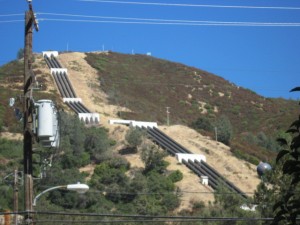
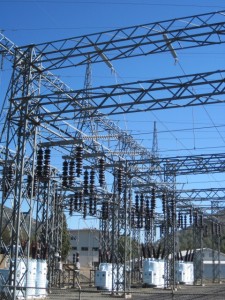
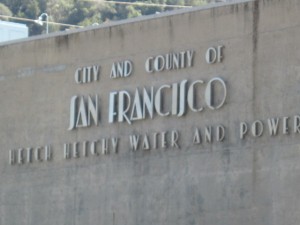
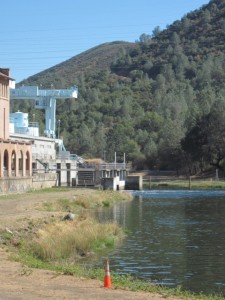
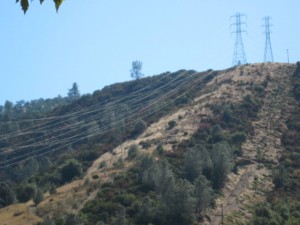
I like the imagery of “flows at a mellow pace all night” and morning comes and “all of a sudden, a gentle river has Class III rapids.” Nature in all its wonder.